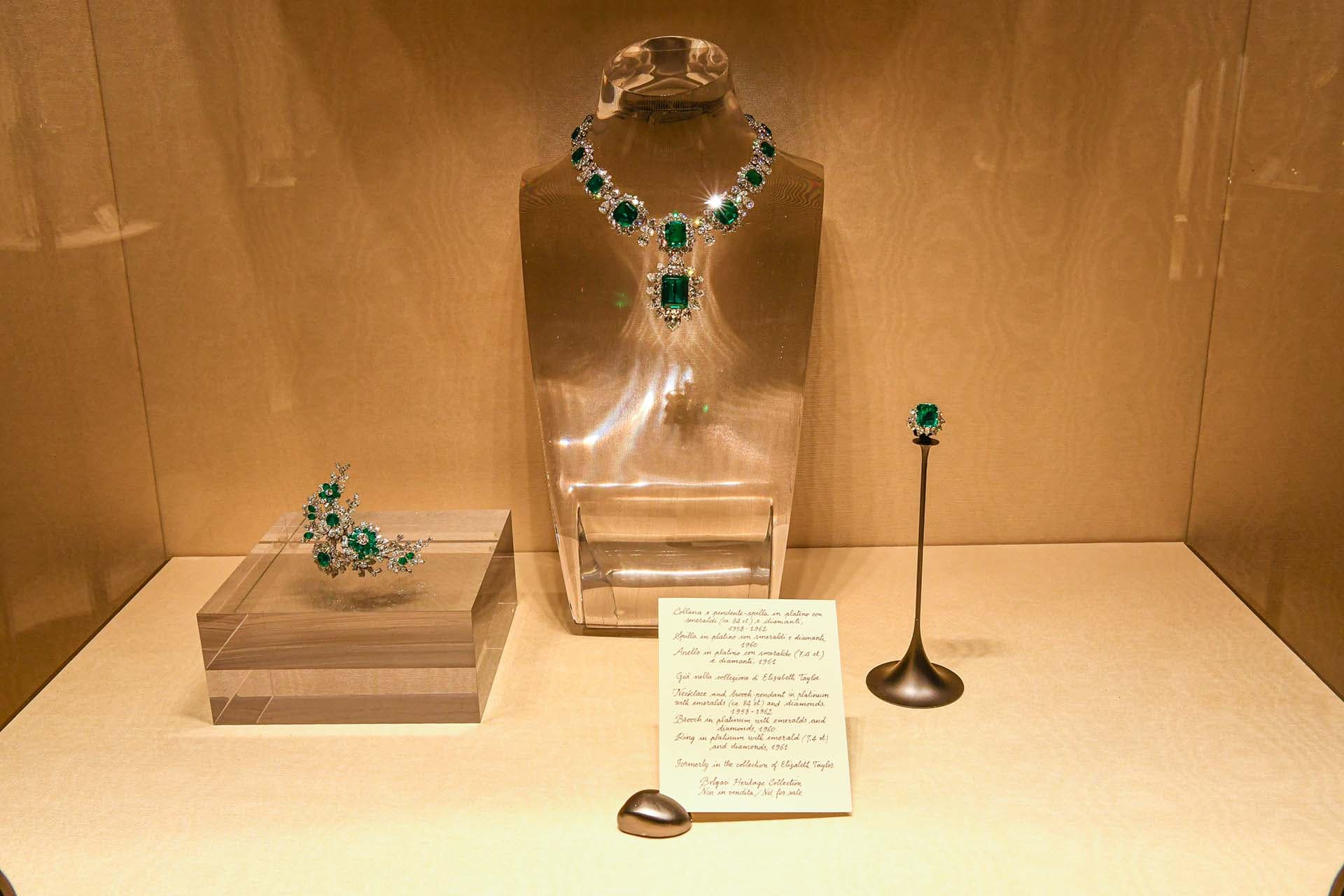For many, the phrase ‘Italian art’ brings to mind frescoes and classical sculptures lining the halls of elegantly faded palazzi. In a country so steeped in tradition, it’s unsurprising that visitors tend to stumble from antiquity to the Renaissance to the Baroque, barely aware that in the 20th and 21st centuries Italy birthed artistic movements – Futurism and Arte Povera to name but two – that continue to shape contemporary art around the world today.
Contemporary Italian artists such as Gian Maria Tosatti (who represented Italy at the Venice Biennale in 2022) are seeing intense interest from global galleries. One contributing factor has been the evangelicalism of private patrons including Patrizia Sandretto Re Rebaudengo, whose 1,500-strong collection is celebrating its 30th anniversary this year. Another has been the wave of radical – and visually dazzling – institutions that have opened in Italy in the last 15 years.
>Aside from their progressive approach to curation, galleries such as MAXXI in Rome, Fondazione Prada in Milan and Naples’ Art Stations share another uniting factor: buildings that make as much of a statement as the works within them.
While contemporary art often reflects the chaos of modern life, deconstructive architecture suggests infinite possibilities by playing with expectations of public space. When the two are in direct dialogue, the results are electric.
Rome goes radical at the MAXXI
One of Zaha Hadid’s most referenced quotes is “There are 360 degrees, so why stick to one?” The Museo Nazionale delle Arti del XXI Secolo (MAXXI) – Rome’s first significant contemporary art institution – embodies this philosophy.
From the outside its concrete form merges discreetly with the 20th-century apartment blocks of the drowsy Flaminio district. Inside reveals a series of canyon-like spaces inviting the viewer endlessly upwards, suspended steel staircases and walls that swerve like a velodrome encourage a continuous drift from gallery to gallery.
A permanent collection of more than 400 works appears alongside one-off exhibitions. Enzo Cucchi’s genre-defying paintings (a retrospective is showing until September 24) are even more enigmatic in a space that offers multiple physical perspectives.

Milan embraces modernity at Fondazione Prada
As the creative engine that drives Italy’s design scene, Milan is a natural mecca for contemporary art. When it hosted Expo 2015, the event attracted 21mn visitors.
Fondazione Prada opened its first permanent venue on Largo Isarco the same year. This Rem Koolhaas-designed citadel of 10 buildings – a 20th-century gin distillery, 60-metre tower, and mirrored cinema – blends old and new with casual elan.
In a statement made when the gallery opened, Koolhaas described it as “Somewhere art and architecture will benefit from each other’s challenges due to the complexity of the space.” Eight years later it delivers on this promise with aplomb.

The gold-clad Haunted House radiates butter-hued light on a permanent project that includes installations by Robert Grober and Louise Bourgeois, while each of the tower’s floors celebrates a different era in the foundation’s history.
One of the gallery’s most surprising spaces is Le Studio d’Orphée, a reconstruction of French film director Jean-Luc Godard’s recording and editing studio at his home in Rolle, Switzerland. Viewers can watch some of his most famous works on a computer monitor perched atop a rickety chest of drawers.
Naples’ Art Stations are truly underground
Alongside its Baroque excess and operatic, tattered beauty, Napoli has another draw: one of the most egalitarian art scenes in Italy. It follows that its most famous gallery is a collection of 15 metro stations (known as the Art Stations) housing more than 250 pieces by both local and international names.

By drawing these works out of their usual context, the subterranean gallery aims to question accessibility within the art world as a whole. For the price of a train ticket (from £1.30), passengers are immersed in buildings from the likes of Gae Aulenti, Dominique Perrault and Rogers Stirk Harbour + Partners and a permanent collection of 200 pieces.
Designed by Spanish architect Oscar Tusquet and often topping ‘most beautiful metro in the world’ lists, Toledo station boasts an atrium adorned with William Kentridge mosaics that leads to an escalator with a marine-inspired light-show coordinated by Robert Wilson.





